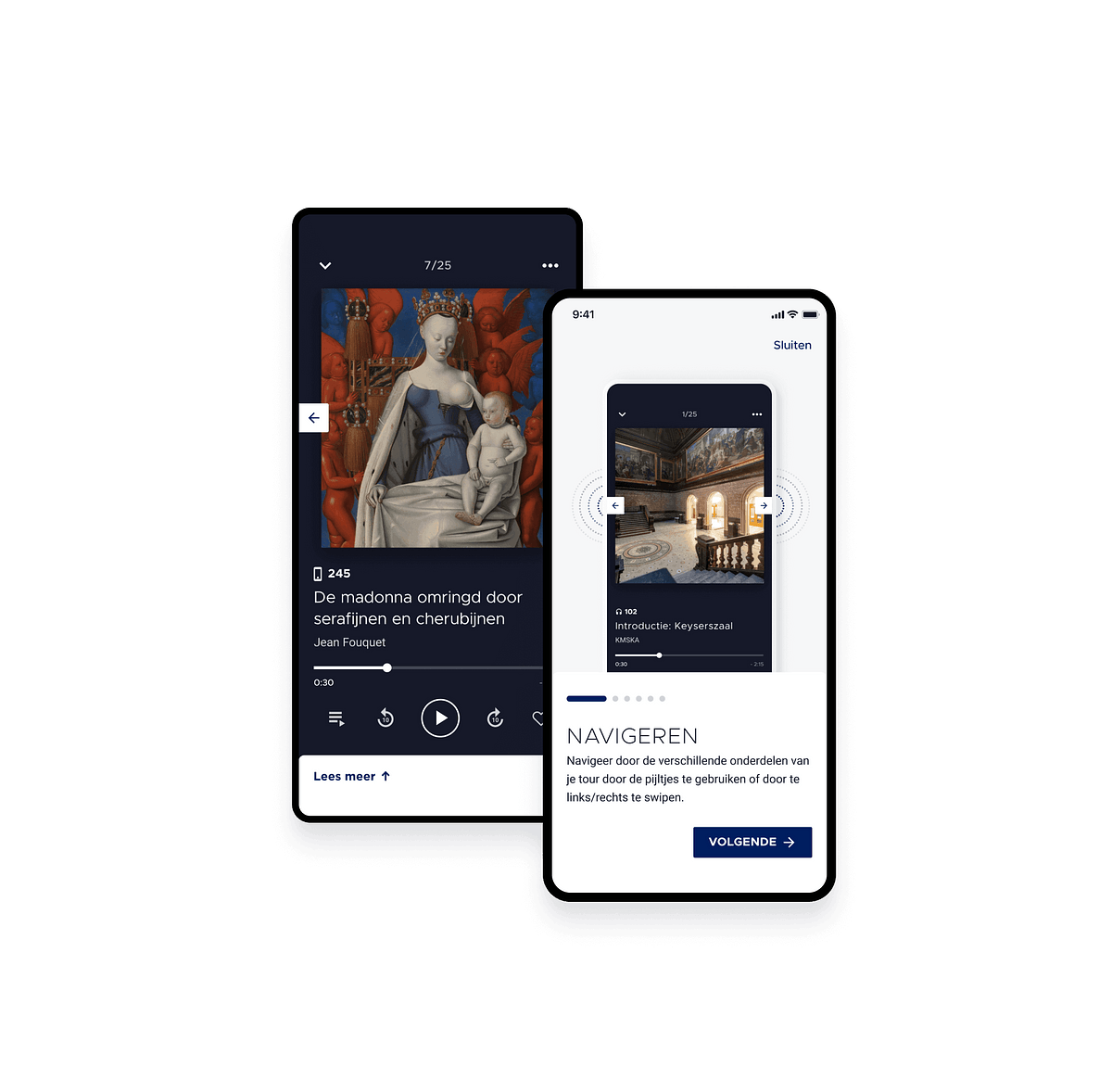5 methods to improve your usertest
When you’re doing a usertest, you let a pre-qualified group of people test the functions and interface of a service, product, app or website. They each perform specific tasks in realistic conditions.
Usertesting is an incredibly valuable tool to test whether your audience appreciates the (prototype of your) product. It saves you and your organisation time and money in the development process, providing a better user experience, increasing your customer’s satisfaction and many more.
However, conducting a reliable usertest is not as easy as you might think. That’s why we created a short video to explain the process to our testers. And summarised our 5 best tips to help you organise a successful usertest and get the most important insights you need to design and develop products and services people enjoy.
1. Plan your test to the T
When you’re conducting a usertest, preparation is everything. But how do you prepare for it?
First of all, it’s important to decide on the actual goal of your usertest such as desirability or user friendliness. In most cases it’s a mix of both. Once this is settled, you can start thinking about the most important questions to ask the participants.
Second, it’s essential to find the right people for your tests. Making sure you don’t compromise the test by recruiting less-than-ideal participants will already put you in a good position. If you really want to nail the test, use an external recruiting agency and decide the exact profile you want to recruit. Make sound agreements and follow up thoroughly.
Third, decide on the type of usertest you want to conduct. You can either organise a formal or a guerrilla usertest. In the former, you have a lot of control: you’re able to choose the location, invite the participants… While with the latter, you just start questioning people on the street. There are more parameters out of your control. Guerrilla tests are especially useful when you’ve just kicked off a new project, or as an easy way to find your target group in one location.
Gallery
2. Five perfect users is better than 20 okay ones
When you think about usertesting, you might picture 20 different people getting tested. However, Jakob Nielsen’s research shows that elaborate usertesting is a waste of resources. Just recruiting 5 participants for a test and running different small tests instead of a couple of big ones is much more valuable and efficient.
Testing 5 people gives you 80% of the insights you need on UX problems. So, we typically invite 6 participants because there’s always someone who gets sick or has to switch up their schedule. An extra tip from the house? Recruit a variety of people who have the right background.
3. Test your technical setup beforehand
When it comes to your technical setup, preparation is once again key. If you know everything works, you’ll feel no stress as you’re conducting the test. In this way, you’ll create a safe environment for your participant. Also, if you send the participant a brief plan beforehand on how the usertest will work, it goes a lot smoother.
To do the test, we invite users to our usability lab or conduct your usertest remotely. We guide the participants through the scenarios and ask them to tell about their experience. We also livestream and record the whole test, so your team can easily follow along and experience how a user interacts with your product or website. A real eyeopener.
4. Don’t forget GDPR
It doesn’t have to be complicated, just either asking your participants a couple of questions or offering them a simple form at the beginning of the usertest should do the trick. Another option is to do it a couple of days or weeks before, when you sign them up for the test, with an online survey like a Typeform. It’s also easier to respect people’s privacy in this way.
Gallery
5. Create a safe space for the participants
Last but not least is the interview qualities of the one who’s running the test. You can prep everything beforehand, but if your interviewer doesn’t have the following important qualities, you won’t get accurate results.
There are different soft skills required for a great test: creating a safe space, being able to comfort people, not taking remarks personally… And on the other hand, the interviewer also can’t give a presentation of the prototype or answer any questions, otherwise the results could be compromised. That’s also why it’s less interesting to let the person who designed the prototype run the test. Often, the designer is attached to his creation in some way.
One way in which you can make sure the usertest is not compromised is by answering the participant’s question with another question, for example: “What would you like to see there?” In this way, you’re saving time and you get a new insight.
We always conduct usertests with a professional interviewer, while one of our UX/UI designers is following along behind the scenes to collect all the feedback, pain points and opportunities.




